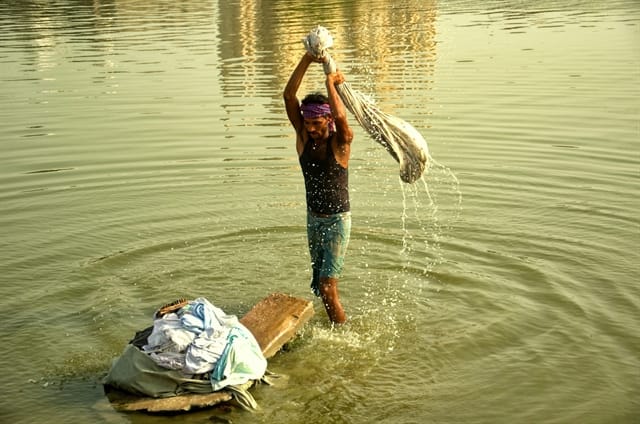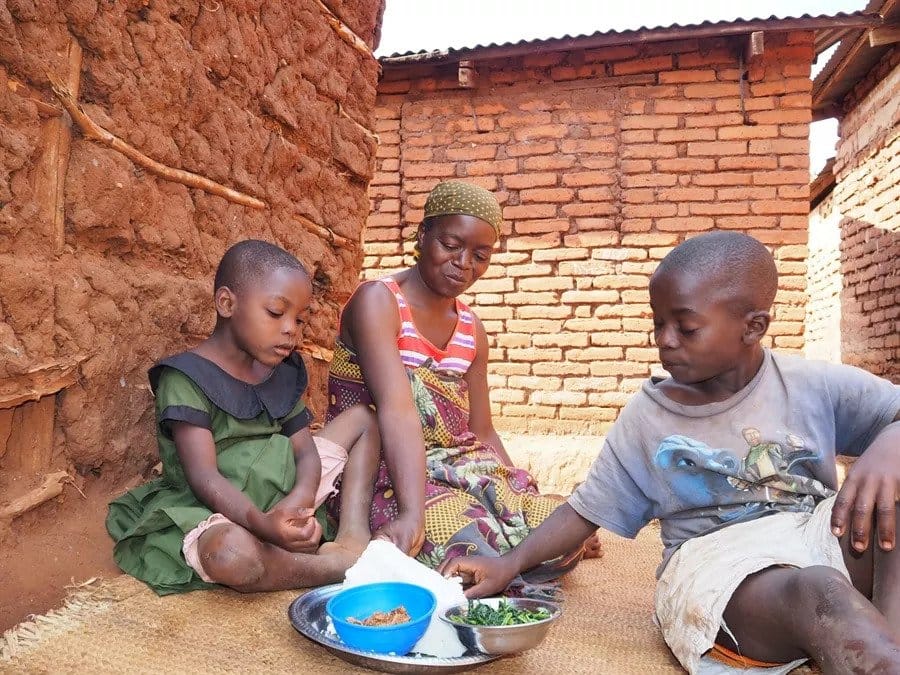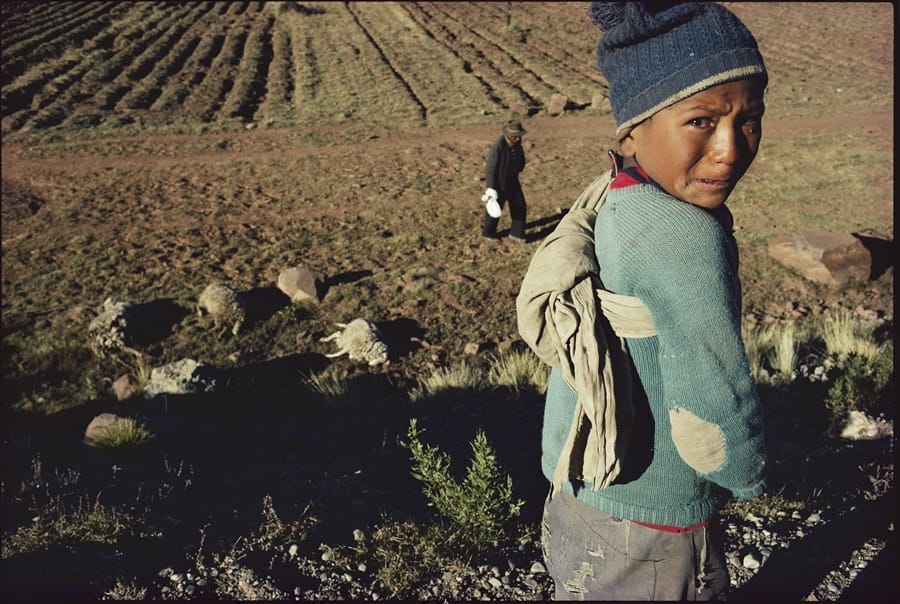Giving What We Can: Penn (GWWC:Penn) ran a Giving Game in March 2014 in collaboration with IMPACT Magazine, a social impact magazine on campus. Rossa O’Keeffe-O’Donovan, President of GWWC: Penn, discusses the event, and what he learned from it.
By Rossa O'Keeffe-O'Donovan
Why we ran a Giving Game
We were a new student group on campus, had not run any events yet, and had only two people at Penn who were actively involved: Peter—a freshman undergraduate—and myself. We thought about having a launch event with Peter Singer, but realized that we needed a larger core group of people to help organize this and make it a success. We decided the best first step was to host an event to tell people about GWWC and from there hopefully find people to help form a committee to work towards a large, well-marketed launch event, with follow-up events to take full advantage of the exposure.
We realized that it was going to be very difficult to get many people in the room if we organized the event alone (as nobody on campus knew who we were!), so we reached out to other well-established student groups with a focus on social impact and/or global development and offered to put on a Giving Game for them. Neither of us had run a Giving Game, but we loved the idea and figured that the novelty of giving away someone else’s money as well as the interactive nature of the event would be attractive to the other student groups. IMPACT Magazine was interested in the idea, and we agreed to host the event at the launch of their second issue, the focus of which was (very luckily!) ‘giving.’
Planning the event
The first thing I did was research past Giving Games – how they had been run, what had worked well, and what had worked less well. I found two blogs on the GWWC website particularly helpful: an interview with Jon Behar, Director of Philanthropy Education at The Life You Can Save and creator of Giving Games, and a report by GWWC: Cambridge. I emailed Jon and set up a call to discuss the best ways to set up the event. It was very useful to talk through my ideas with someone who had already run Giving Games, and he gave some valuable advice (e.g. only use two charities as more can be an overwhelming amount of information!). The Life You Can Save and Giving What We Can also sponsored the Giving Game, up to $500 (and I agreed to cover any shortfall, as we thought it would be fun for the speaker to have ‘skin in the game’!).
We met with IMPACT to discuss the format of the event, as Giving Games are very flexible in design. They were more than happy for us to take complete control of the Giving Game (I think often this will be the case – it is less work for them!), while they would provide snacks, drinks and about 60 people. They were very confident about the number of people, as there are a large number of contributors to the magazine (about 50), which helped us plan for the event. We agreed that I could make a presentation about GWWC during the event and would write two blog posts for their website – the first explaining the event about a week before it, the second summarizing the event and the key take-away lessons from it. It’s not clear how many people read these posts, but I think they have proved useful for following up with those who were interested in getting more involved, and for communicating the concept to potential future partners for hosting Giving Games.

Image credit: Shreya Goswami
The structure of the event
The event was to last about 90 minutes, and we agreed on the following structure:
1. 7 pm – event start.
2. 7.15 pm – 5 minute introduction to the Giving Game and how it works. Brief discussion of the two charities (SCI and GiveDirectly).
3. 7.20 pm – break into 5 discussion groups.
a. Discussions to be ‘hosted’ by Rossa, Peter, Charlotte, Raffi, Josh (all already involved in EA in some way – Rossa and Peter at Penn, Josh at Wharton and Charlotte and Raffi living in Philadelphia).
b. Hosts to give information and answer questions, but discussion should be led by the participants. Information on handouts (printed-out reviews of the charities and blogs discussing their effectiveness) and on a laptop.
4. 7.50 pm – 10 minutes for getting more information and ‘voting’ using two laptops set up at a stall.
5. 8 pm – 30 minute introduction to ‘Effective Giving.’
6. 8.30 pm – event ends.
The main goal of the event was to get people excited about ‘effective giving’ and ultimately to sign up for more information and for getting involved with the new chapter. The presentation was an important part of that, allowing us to introduce key effective giving concepts, as well as groups like GWWC, GiveWell and The Life You Can Save. We had participants allocate $5 to a charity using a simple Google form. Further, each participant could allocate an additional $5 to their preferred charity if they gave their email address for more information. I think this aspect really encouraged people to sign up for the mailing list, though it is not clear whether it ultimately led to their increased involvement.
The results
The Giving Game was highly successful for us, and the results far exceeded our expectations. We had 63 people participate in the game, with $580 going to charity: $370 to SCI and $210 to GiveDirectly. Thirty-four people checked the box indicating their interest in getting involved with the new group – we followed up on these by email, had coffee with a few and ultimately four of them joined our committee! This was an excellent outcome for us, and I think the enthusiasm came from us hosting an energetic, interactive, interesting Giving Game. When we broke into the five discussion groups, people really engaged with the discussion and seemed very interested to find out more about the charities, and I think this got them excited about GWWC’s research and our new student group. The fact that our audience was already interested in social impact in one way or another also likely helped a lot.
Lessons we learned
While the event was an unqualified success, and far exceeded our goals (we had hoped for maybe one or two to join the committee from the event), we learned a couple of important lessons. First, we had some teething problems with the online voting – more laptops would have made voting smoother, and the checkbox in the Google form to sign up for the The Life You Can Save mailing list did not show up in the responses (the checkbox was not labeled and so appeared in the spreadsheet as a blank).
The more important lesson was that once people had voted, they perceived that the event was over and only about half stayed for the presentation on Effective Giving. If we had moved the voting to the end of the event, it seems likely that nearly everyone would have stayed (to make sure the $10 went to charity!) – more people would have found out about GWWC and GiveWell and perhaps even more would have gotten actively involved!
——–
If you are thinking about hosting a Giving Game and have more questions about this event, would like to get access to the materials used, or would like to learn more about effective altruism in the Philadelphia area, please email rossaokod@gmail.com or givinggames@thelifeyoucansave.org.



